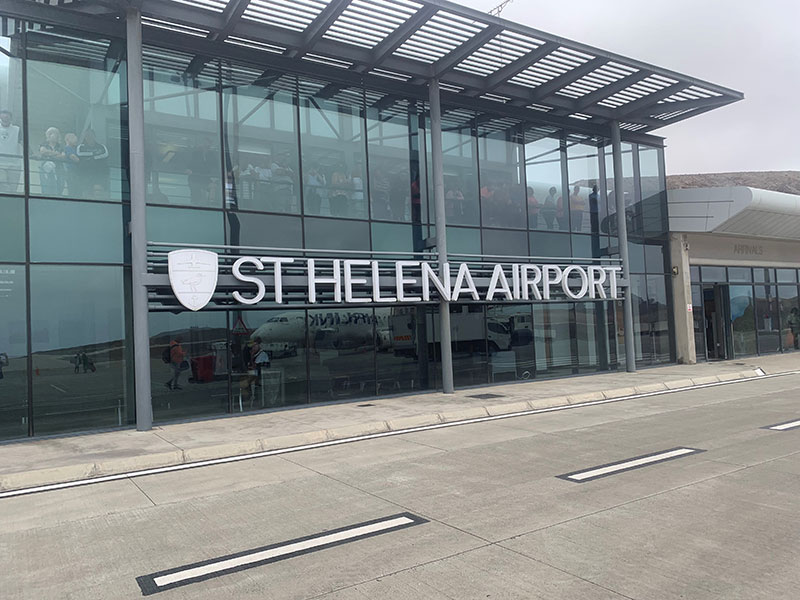Sir John Bourn, head of the National Audit Office, reported today on the support provided to MG Rover by the Department of Trade and Industry (DTI) and other public bodies before and during the Company’s collapse in 2005, and on the effectiveness of plans to deal with and mitigate the consequences of the firm’s closure.
Jump to downloadsIn a dynamic economy businesses close whilst others open. The costs to the taxpayer when a sizeable company fails can be significant, some of these costs will be a consequence of statutory payments to employees made redundant. In the case of MG Rover, around £146 million is likely to be spent on the support package put in place after the collapse to help the local economy. Other costs will include, for example writing off a loan made by the Department to the administrator to keep the Company going in its first week of administration (£5.2 million), and a proportion of the outstanding tax liabilities. It is also likely that the Company’s failure will result in a large call on the Government-created but business-financed Pension Protection Fund.
The report records that the cash problems at MG Rover had been recognised well in advance by the Department. The Department identified in April 2004 a series of scenarios for the Company. It focused its initial contingency planning on how it and other public agencies might respond if the Company were to close as it saw this as the most likely outcome. On this it did well to prepare the ground. The Department’s planning went through various stages, with different emphases at different points – for example anticipating and drawing up criteria ahead of a request by the Company for financial support in February 2005. The Department believes a balance needs to be struck between the value of detailed contingency plans in uncertain circumstances and the clearer focus that can be derived as more information becomes available. The report notes that there were a set of risks around MG Rover which justified, at an early stage, the preparation of a contingency plan covering a full range of eventualities, scope for assistance, and possible ways forward. This could have helped the Department follow through some potential circumstances, for example the possibility of support to MG Rover’s administrators.
The prospect of offering financial support created significant risks for the Department. The Department acted quickly to obtain the right financial and legal expertise and put in place in February 2005 the multidisciplinary team it needed to help it manage the significant risks it was taking. It was right for the Department not to go ahead with a loan facility when it became clear that the deal with SAIC would not proceed.
MG Rover went into administration on 8 April 2005, when its proposed deal with the Chinese company SAIC collapsed. The subsequent closure of MG Rover’s plant at Longbridge in the West Midlands resulted in the loss of almost 6,000 MG Rover jobs, with potentially serious adverse consequences for the local economy.
On 10 April 2005, with MG Rover in administration, the DTI announced a loan of £6.5 million to sustain the business for a week while the administrators sought to sell the Company as a going concern. If a sale could not be achieved, the loan was intended to assist the position of MG Rover’s workforce to be resolved in an orderly manner. The report recognises the benefits obtained by the loan but concludes that it is doubtful whether these benefits and the remote prospect of a going-concern sale presented the DTI with sufficiently good value for the loan.
While the negotiations with SAIC were underway, the DTI, working with the Regional Development Agency – Advantage West Midlands – and other public bodies, began in December 2004 to prepare in detail for the potential collapse of MG Rover.
The agencies on the ground did well to expand their capacity quickly to meet the immediate large increase in demand for services from the people made redundant from MG Rover and its supply chain. Redundancy pay and social security benefits were paid quickly. Employment and training advice services were expanded and the range of training programmes available extended. There is some evidence that some former employees have been frustrated by the time taken, for example, to get on training programmes, although others have been successful and obtained both training and employment. By early January 2006, 58 per cent of those people who had registered as unemployed were in jobs.
In the report the NAO makes a number of recommendations to improve decision-making, contingency planning, and the delivery of training and support in the event of a large-scale company failure.
"MG Rover held an important position in the local economy and local communities of the West Midlands. It was therefore particularly important for the Department, and other public bodies, to be able to respond effectively when its difficulties became clear. This was no easy task. The Department did well to identity a series of scenarios that it might face, working up plans for how it and other public bodies would respond if the Company were to close. The Department’s decision making could, however, have been easier if it had been founded on earlier and more comprehensive contingency planning for other scenarios that could well take place, and in this case did.
"When the Company collapsed in April 2005, the various agencies at local level responded well to meet the immediate large increase in demand for their services. The prompt processing and payment of statutory redundancy pay and social security benefits helped many former employees and their families at a particularly stressful time."
Sir John Bourn
Downloads
- 0506961es.pdf (.pdf — 371 KB)
- 0506961.pdf (.pdf — 1 MB)
- 0506961_survey.pdf (.pdf — 442 KB)
Publication details
- ISBN: 102937206 [Buy a hard copy of this report]
- HC: 961 2005-2006



